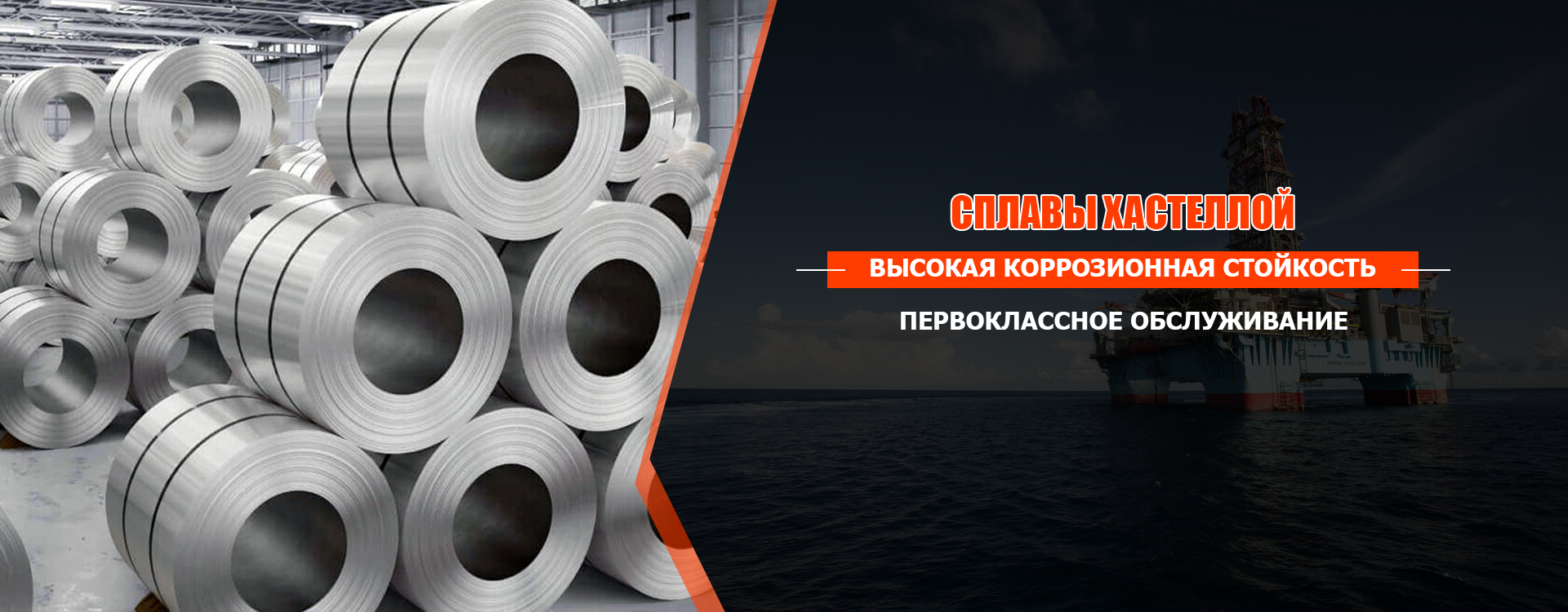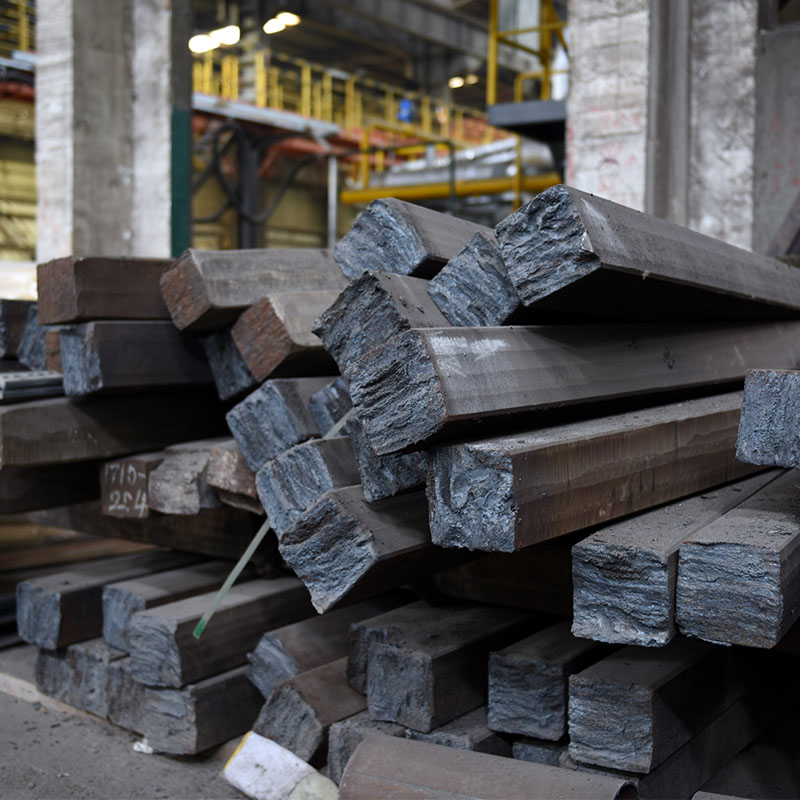
Stainless steel 20
Stainless steel 20: Properties and application
Stainless steel 20 is an alloy that has been widely used in various industries. It differs from other steels with its resistant corrosion resistance, which makes it indispensable in conditions of high humidity, chemically aggressive media and high temperatures. In fact, this is a reliable and durable material that serves us faithfully and truth.
Composition and basic properties
The basis of stainless steel 20 is chrome, nickel and other alloying additives. These elements form a protective passivated film on the metal surface, which prevents oxidation and corrosion. As a result, steel 20 is highly resistant to rust, which is especially valuable when working with water, acids and other substances that can harm ordinary steels. It also has good strength and plasticity, allowing it to withstand certain loads and put it in shape.
Areas of application
Stainless steel 20 is actively used in the food industry. Its use in the production of kitchen utensils, cutlery and other elements in contact with food is due to its resistance to corrosion and harmlessness to health. In addition, it has found application in the chemical industry, where it is used to manufacture equipment working with aggressive substances. In construction, stainless steel 20 is used to create interior and exterior elements, where durability and resistance to environmental exposure are important. In general, the scope is quite wide and depends on the specific requirements of each process or object.
Advantages and disadvantages
The main advantage of stainless steel 20 is its high corrosion resistance and durability. She does not need special care, which greatly simplifies operation. However, some varieties of steel 20 can be slightly more expensive than ordinary steel alloys. In addition, it can be slightly more fragile than some other types of stainless steel, especially at high temperatures. But in general, its advantages outweigh the disadvantages in most cases.
AppropriateProducts
Corresponding products
The best soldproducts
The best -selling products-
 Dispersion-hardening stainless steel 630 (17-4ph)
Dispersion-hardening stainless steel 630 (17-4ph) -
 Alloy Monel 400 (N04400)
Alloy Monel 400 (N04400) -
 Superfisted stainless steel 316L-uhp-a
Superfisted stainless steel 316L-uhp-a -
 Alloy Incola 825 (N08825)
Alloy Incola 825 (N08825) -
 Alloy Inconel 625 (N06625)
Alloy Inconel 625 (N06625) -
 HH4169 frying alloy (in718)
HH4169 frying alloy (in718) -
 High -temperature bearing steel G102CR18MO (9CR18MO)
High -temperature bearing steel G102CR18MO (9CR18MO) -
 Duplex steel 2205 (F60)
Duplex steel 2205 (F60) -
 Histella alloy C-276 (N10276)
Histella alloy C-276 (N10276) -
 Austenitic stainless steel n08367
Austenitic stainless steel n08367 -
 (Super) High -strength steel A100
(Super) High -strength steel A100
Connectedsearch
Related search- Buy 630 (17-4ph) Suppliers
- Manufacturers Inconel 925
- Chinese manufacturers of austenitic stainless steel 316ti
- Chinese factories for the production of heat -resistant alloys Monel
- Chinese manufacturers of pipes and pipes from Inclel
- China manufacturer of materials from Incolonel
- Inkola 800h
- InConel 690
- Suppliers Inconel 825
- Buy square stainless steel pipes





